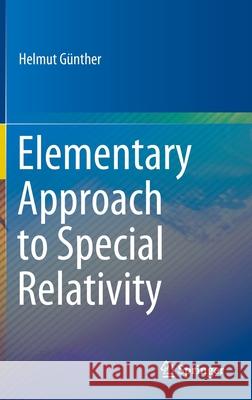Elementary Approach to Special Relativity » książka
topmenu
Elementary Approach to Special Relativity
ISBN-13: 9789811531675 / Angielski / Twarda / 2020 / 362 str.
Elementary Approach to Special Relativity
ISBN-13: 9789811531675 / Angielski / Twarda / 2020 / 362 str.
cena 722,88
(netto: 688,46 VAT: 5%)
Najniższa cena z 30 dni: 693,97
(netto: 688,46 VAT: 5%)
Najniższa cena z 30 dni: 693,97
Termin realizacji zamówienia:
ok. 22 dni roboczych
Dostawa w 2026 r.
ok. 22 dni roboczych
Dostawa w 2026 r.
Darmowa dostawa!
Kategorie BISAC:
Wydawca:
Springer
Język:
Angielski
ISBN-13:
9789811531675
Rok wydania:
2020
Wydanie:
2020
Ilość stron:
362
Waga:
0.69 kg
Wymiary:
23.39 x 15.6 x 2.24
Oprawa:
Twarda
Wolumenów:
01
Dodatkowe informacje:
Wydanie ilustrowane











